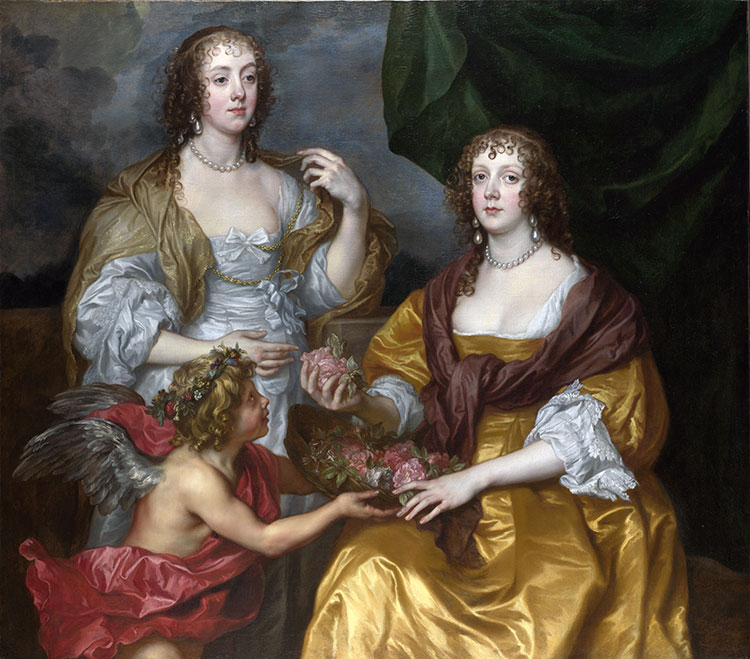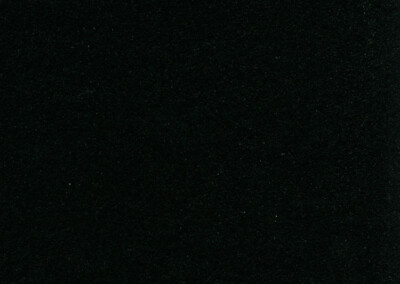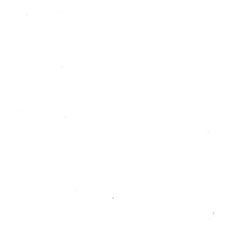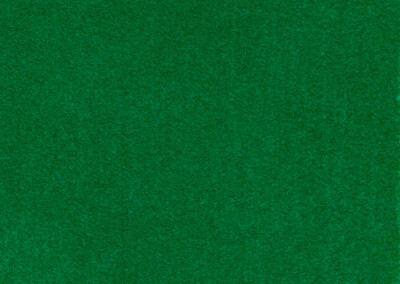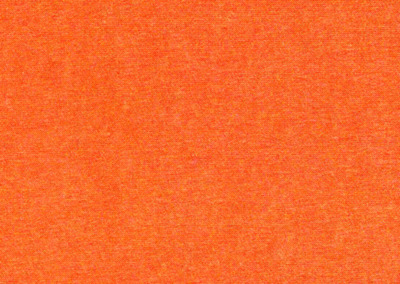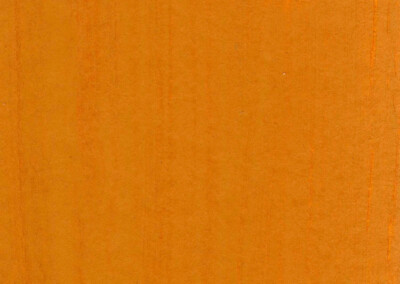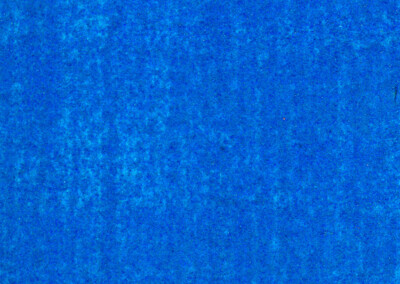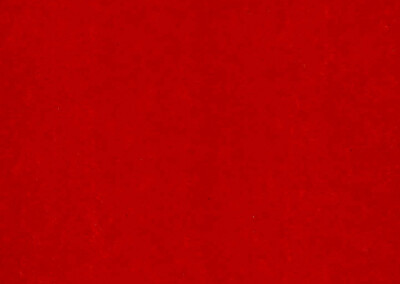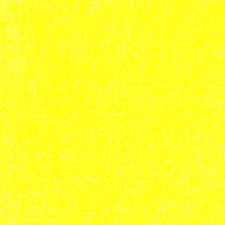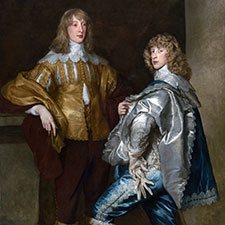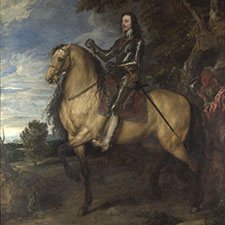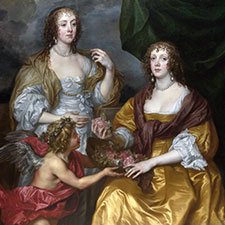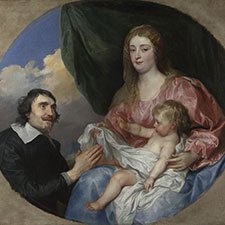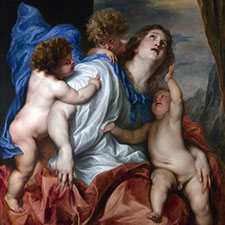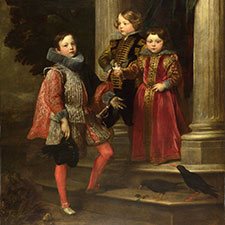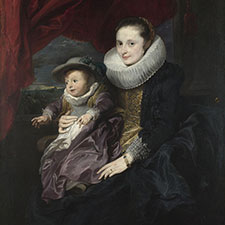Anthony van Dyck, Lady Thimbleby and Dorothy, Viscountess Andover
ca 1627-28Paintings sorted by Historical period | Painter | Subject matter | Pigments used
Overview
This double portrait of two sisters, daughters of Thomas, Viscount Savage was painted in England. Several possible interpretations of this painting have been put forward more recently regarding the reason for the commission of the portrait and the meaning of the cupid and the basket of roses he is offering to Lady Dorothy (see reference (2) in the tab ‘Publications’).
The pigment analysis allows deeper insight into Van Dyck’s working methods and his masterful depiction of the draperies and flesh tones.
Pigments
Pigment Analysis
This pigment analysis is based on the work of the scientists at the National Gallery London (1). The scientists employed x-ray radiography (XRR), energy dispersive x-ray spectroscopy (EDX), and x-ray diffraction (XRD) to gain insights into the inner layers of the painting and to identify the pigments.
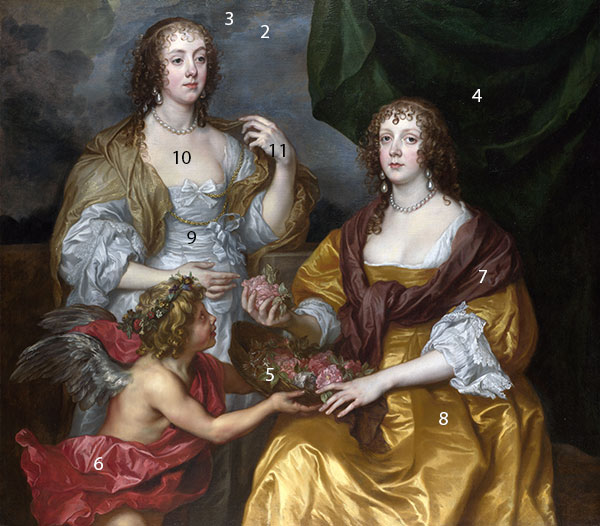
1 The blue patch of sky near the horizon: smalt and lead white mixed with a red lake.
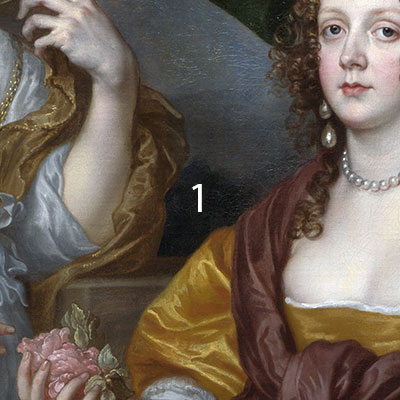
2 Blue parts of the sky: smalt.
3 Dark grey parts of the sky: charcoal black mixed with smalt.
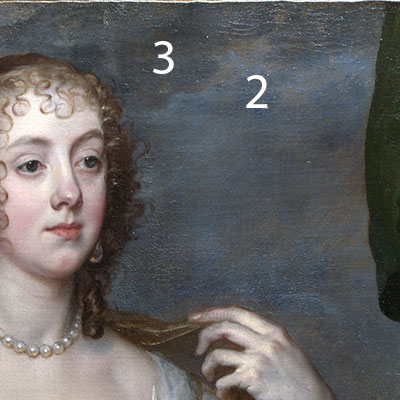
4 The dark green curtain in the background: a mixture of green verditer (artificial malachite) and yellow lake with charcoal black added in the shadows.
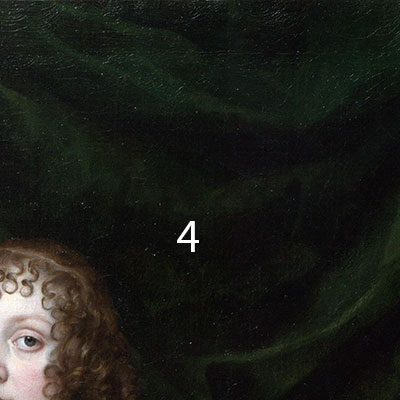
5 Green rose leaves in the basket: lead-tin yellow, yellow lake, and azurite.
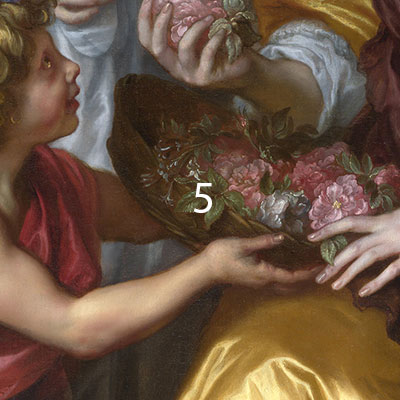
6 Putto’s red drapery: vermilion with lead white glazed in the shadows with a red lake.
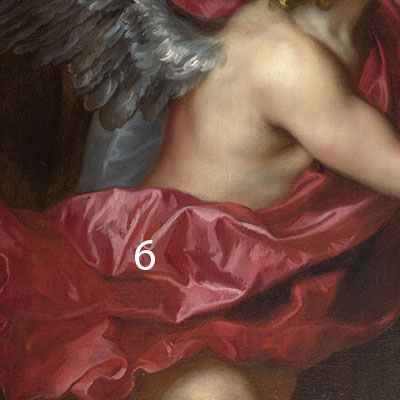
7 Viscountess Dorothy’s brown shawl: vermilion, red ochre and black pigment mixed (not glazed) with a red lake.
8 Viscountess’s golden-yellow dress: lead-tin yellow. The darker and more golden tones contain deep yellow ochre with white and a little crystalline red ochre (haematite). The more orange tones of the sleeve are painted with a higher proportion of haematite, as well as lead-tin yellow, yellow ochre, and red lake.
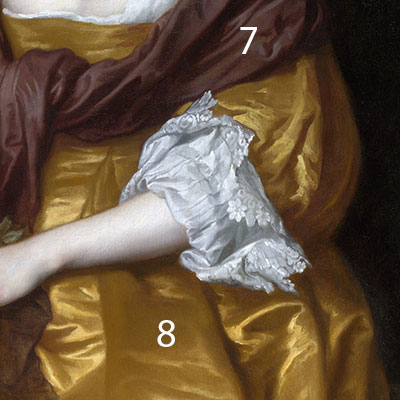
9 Lady Elisabeth’s white dress: pure lead white painted over an underlayer of grey tones made of white and charcoal black in the cooler tones and white and Vandyke brown in the warmer tones.
10 Flesh tones: virtually pure lead white with very small quantities of finely ground red ochre, vermilion, and Vandyke brown in the lights and with a little yellow ochre and black in the shadows.
11 Distinctly cool bluish shadows of Lady Elisabeth’s raised hand: a small quantity of natural ultramarine was added to the paint mixture described above (No 10).

References
(1) Ashok Roy, The National Gallery’s Van Dycks: Technique and Development, National Gallery Technical Bulletin, Volume 20, 1999, pp. 73-76. Available as pdf.
Pigments Used in This Painting
Resources
See the collection of online and offline resources such as books, articles, videos, and websites on Anthony van Dyck in the section ‘Resources on Painters‘
Videos
Video: 'Van Dyck: The Man, the Artist and his Influence' by National Portrait Gallery
Video: 'Anthony van Dyck: A collection of 449 paintings (HD)' by LearnFromMasters
Publications and Websites
Publications
(1) Ashok Roy, The National Gallery’s Van Dycks: Technique and Development, National Gallery Technical Bulletin, Volume 20, 1999, pp. 73-76. Available as pdf.
(2) Walter Liedtke and Michelle Safer, Reversing the Roles: Van Dyck’s Portrait of Lady Elizabeth Thimbleby with Her Sister Dorothy Savage, The Burlington Magazine, Vol. 151, No. 1271, Dutch and Flemish Art (Feb. 2009), pp. 79-83.
(3) Liedtke, Walter A, “Anthony van Dyck“: The Metropolitan Museum of Art Bulletin, v. 42, no. 3 (Winter, 1984–1985). Available as pdf.

